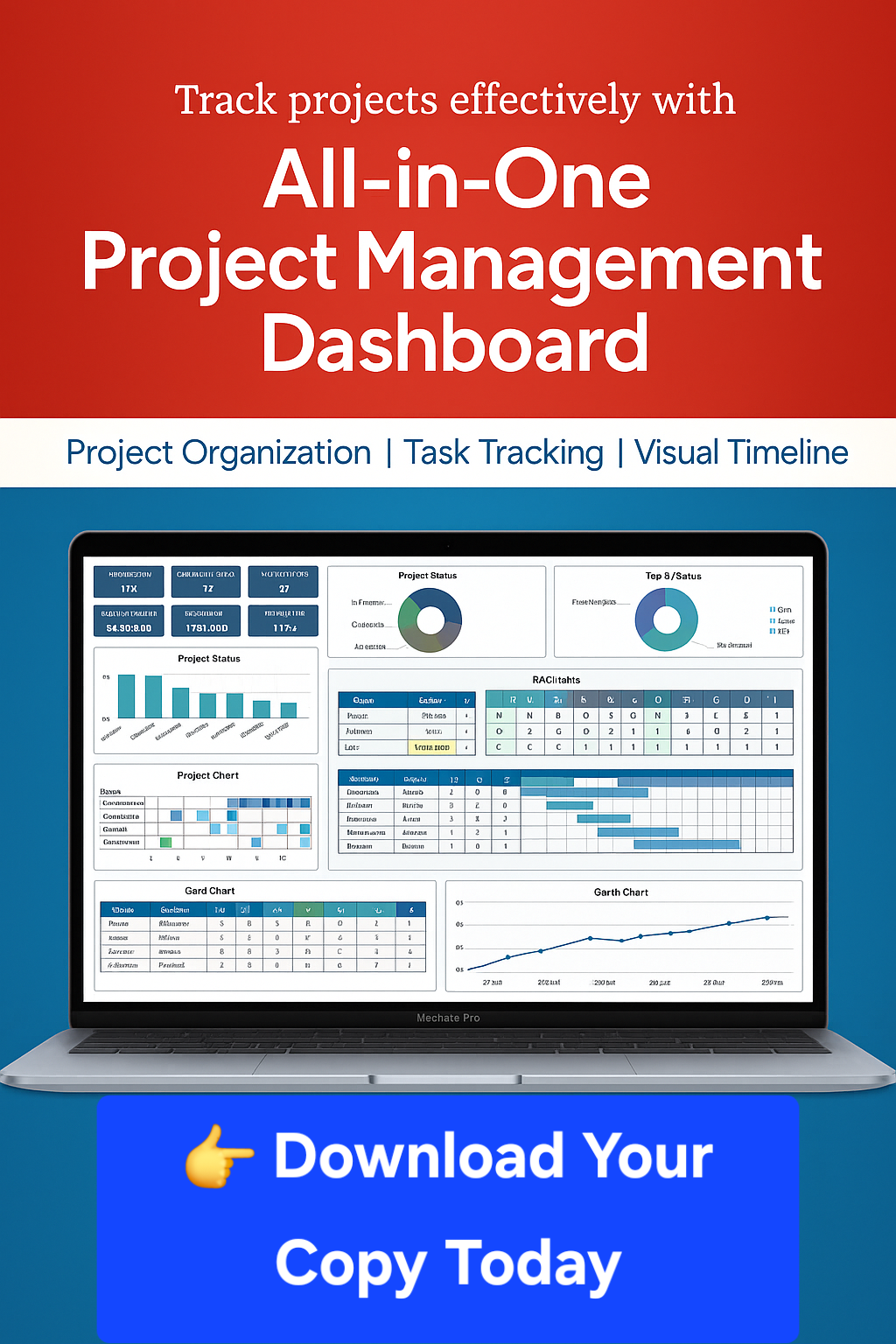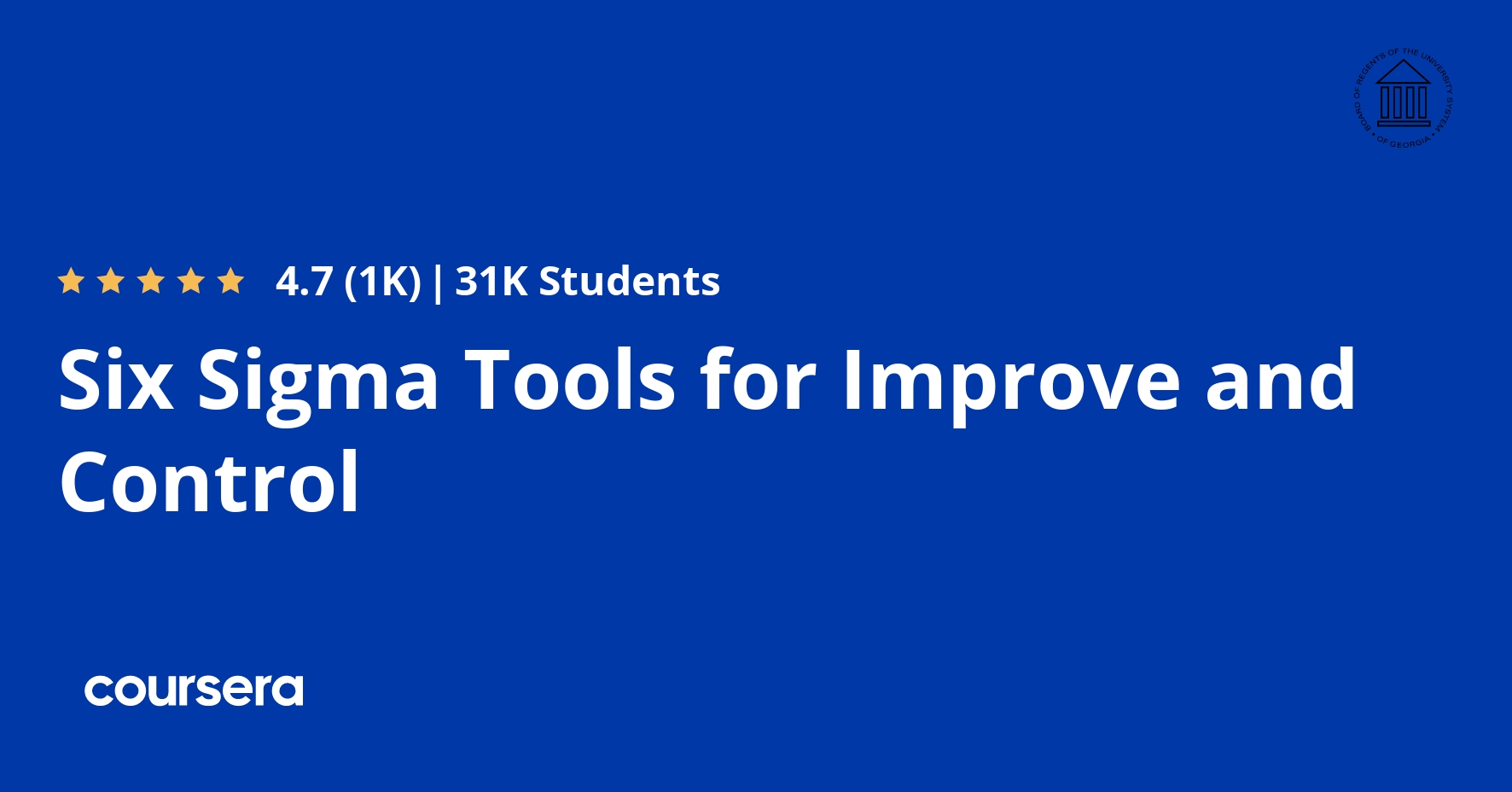Description
This course will provide you will the tools necessary to complete the final components of the analyze phase as well as the improve and control phases of the Six Sigma DMAIC (Define, Measure, Analyze, Improve, and Control) process. This course is the final course in the Six Sigma Yellow Belt Specialization. You will learn about relationships from data using correlation and regression as well as the different hypothesis terms in hypothesis testing. This course will provide you with tools and techniques for improvement. You will also understand the importance of a control plan, as well as its key characteristics, for maintaining process improvements. Every module will include readings, discussions, lecture videos, and quizzes to help make sure you understand the material and concepts that are studied.
Our applied curriculum is built around the latest handbook The Certified Six Sigma Handbook (2nd edition) and students will develop /learn the fundamentals of Six Sigma. Registration includes online access to course content, projects, and resources but does not include the companion text The Certified Six Sigma Handbook (2nd edition). The companion text is not required to complete the assignments. However, the text is a recognized handbook used by professionals in the field. Also, it is a highly recommended text for those wishing to move forward in Six Sigma and eventually gain certification from professional agencies such as American Society for Quality (ASQ).
What you will learn
Correlation and Regression
Welcome to Six Sigma Tools for Improve and Control! This is the fourth course in the Six Sigma Yellow Belt Specialization. Your team of instructors, Dr. Bill Bailey, Dr. David Cook, Dr. Christine Scherrer, and Dr. Gregory Wiles, currently work in the College of Engineering and Engineering Technology at Kennesaw State University. The next two modules will conclude the Analyze phase of the DMAIC process and in the final two modules you will be introduced to the Improve and Control phase. This module will continue to discussion analysis by explaining correlation and regression. You will learn the meaning of correlation and regression, the different types of analysis, and how it can be used in Six Sigma.
Hypothesis Testing
This the final module that covers the Analysis phase of the DMAIC process. Now that you have collected the data and calculated it you will need to determine how to make a statistical conclusion about your findings. In this module you will learn more about the importance of hypothesis testing, how to correctly do a hypothesis test reading as well as how to avoid errors, and statistical significance.
Improvement Techniques
This module will introduce you to the Improve and Control phase of the DMAIC process. The first step in this phase is determining improvement techniques to help make improvements to an organization. This module will cover the best and most popular improvement techniques including kaizen and kaizen blitz, PDCA (Plan-Do-Check-Act) cycle, and cost benefit analysis (including cost of quality).
Control Tools and Documentation
The final phase of the DMAIC process is the control phase. In this module you will learn about control tools that are useful in maintaining improvements. Communication is a key component of the control phase therefore it is important to develop standardized documentation. You will learn about how to standardize and manage documentation to help maintain processes that were implemented during the improve phase of DMAIC.







